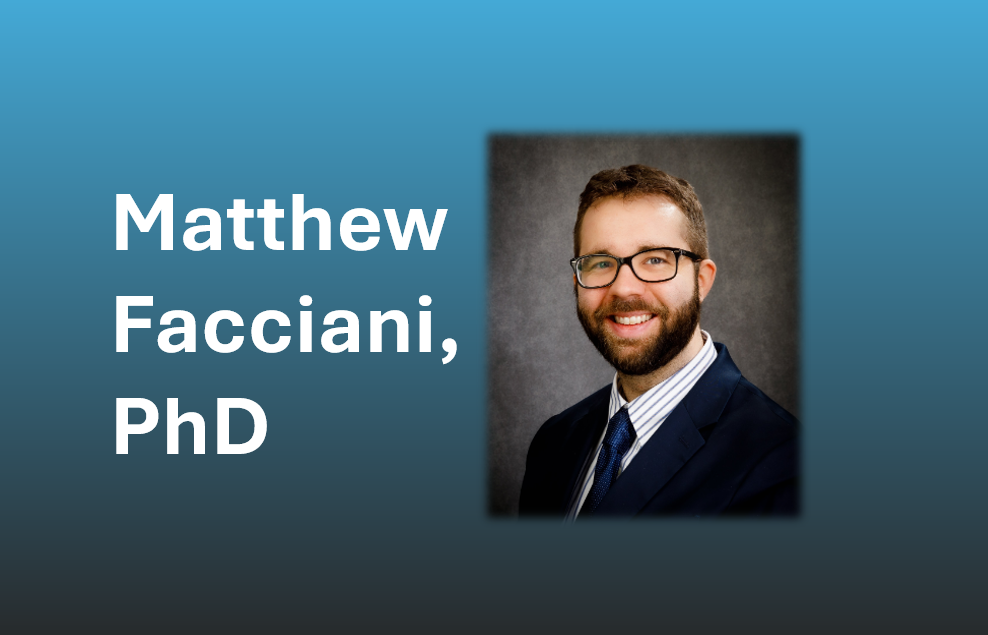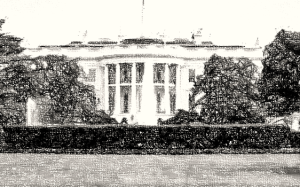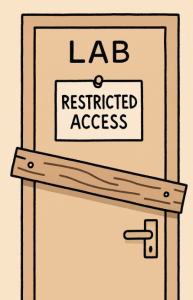
A conversation with Matthew Facciani
How Misinformation Spreads—and How Public Health Can Push Back
Vaccine myths. Mask flip-flops. Twitter-fueled conspiracy loops. In the wake of COVID-19, misinformation about health has gone from frustrating to fatal, and no one has studied it more closely than Dr. Matthew Facciani. A social psychologist, author, and misinformation researcher, Matthew brings clarity to the chaos by examining why people believe false claims and how institutions can better communicate science without alienating the public
In this conversation, we discuss the rise of coordinated misinformation campaigns, the psychological need for control, and the opportunity to rebuild trust through humility, transparency, and genuine engagement. Matthew doesn’t sugarcoat the challenges, but he does offer hope. “You need both the competence of science and the warmth of connection,” he says. “People trust you when they believe you care.”
What kinds of misinformation seem to be most harmful to public health today, and how have those changed over the years?
Matt Facciani: The most harmful misinformation right now is around vaccines. That really exploded in the past few years, especially during and after COVID-19. It’s frustrating because vaccines are such an incredible medical innovation that have saved countless lives, yet they’ve been targeted and politicized.
Before the pandemic, anti-vaccine attitudes existed, but they weren’t strongly partisan. They came from the fringes of both the left and the right. But now, research shows that partisanship, especially on the right, has become a major predictor of anti-vaccine sentiment. We’ve seen the real public health consequences of that, like the recent measles outbreak in Texas. During COVID, many people didn’t get vaccinated when doing so could’ve saved lives or at least reduced the severity of illness. That’s been incredibly troubling to watch.
How do these misinformation campaigns generally spread? Where are people picking up these messages?
Matthew: These campaigns are highly coordinated. They’re not just chaotic chatter; they’re organized and amplified through powerful social media accounts that boost each other’s messages. You can actually trace the coordination, especially during the heyday of Facebook and Twitter (now X), where misinformation bubbles formed and reinforced one another. They gained a ton of traction and were deliberately crafted to spread, even though their content doesn’t align with scientific evidence.
Is there something about public health that makes it especially vulnerable to misinformation?
Matthew: Absolutely. Health is deeply personal and often scary. We humans are vulnerable. We all face health issues eventually, and that creates uncertainty. People crave control. So when someone offers a simple solution like “just take this supplement,” it gives a false sense of agency and comfort, and that can be very attractive.
There’s also a real foundation of distrust toward institutions, especially pharmaceutical companies. That distrust isn’t always misplaced, but it creates fertile ground for influencers to step in, exploit that frustration, and push extreme or false narratives, often for profit.
Health communication research has been around for decades. Does this pattern suggest that public health professionals need a new set of tools or strategies to respond?
Matthew: Definitely. After COVID, the CDC and NIH themselves admitted they made communication mistakes. One major issue was that they didn’t fully incorporate insights from social science and communication research, even though that research has been available for decades.
A big misstep was making very confident public statements when the science was still uncertain. Take the mask guidance early on: first, people were told not to wear masks. Then, two weeks later, mask mandates were being introduced. That kind of whiplash damages trust. If they’d communicated with more nuance and acknowledged uncertainty from the beginning, they could’ve built more credibility instead of undermining it.

Health is deeply personal and often scary… When someone offers a simple solution like ‘just take this supplement,’ it gives a false sense of agency and comfort—and that can be very attractive.
Is there research that supports being transparent about uncertainty?
Matthew: Yes, actually. There have been survey experiments where people read different versions of a scientist’s message about a vaccine. When the scientist expressed some uncertainty upfront, essentially hedging their bets, it increased their perceived trustworthiness, especially if the information changed later.
So the evidence supports being open about what we don’t know. But of course, that’s hard to do in the real world when government officials want quick, confident answers. The incentives aren’t always aligned.
Given the direct attacks on science and evidence-based health policy lately, where do you find hope? How can we continue to do this kind of work in such a polarized environment?
Matthew: I won’t pretend it’s an easy environment right now. But I do think people care about their health. Most people want to make informed decisions. They just need to hear from sources they can trust.
One positive takeaway is that we have an opportunity to rebuild. Many institutions have failed, especially when it comes to trust. So instead of top-down approaches, we need to work directly with communities. That means building relationships, listening to concerns, and forming partnerships. You need both competence and warmth. People need to believe you know what you’re doing and that you care about them.
That’s how we move forward: by filling gaps left by institutional failures, building new forms of trust, and sharing high-quality science in ways that truly connect with people.
Don’t Let Science Pass You By
Public health breakthroughs and threats are happening fast. Missing one update could mean missing the chance to act, advocate, or lead. Stay sharp, stay informed—with our weekly science brief, trusted by changemakers.
✅ Subscribe now—it’s free and essential.
✅ Share this blog to grow the circle of informed action.



